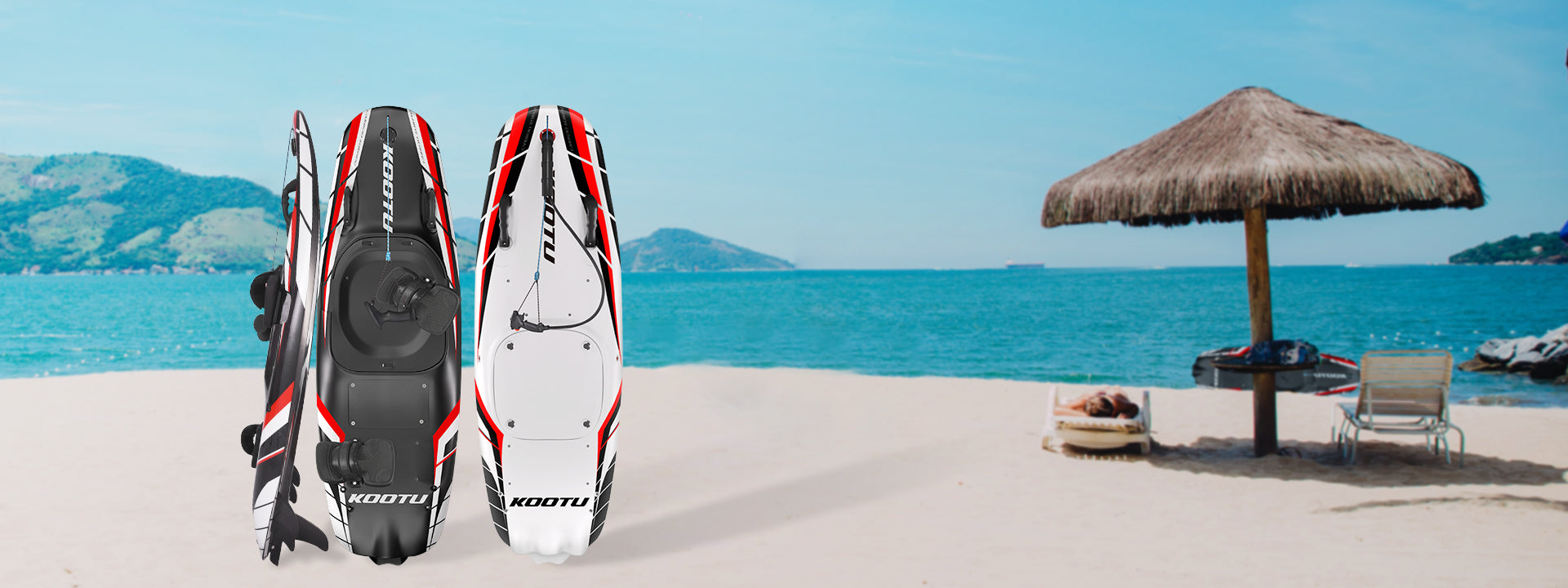Unlocking Performance: The Ultimate Guide to Choosing the Perfect Bike Stem
We embark on a journey into the heart of the bike stem, unraveling its intricate anatomy and gaining a deeper understanding of its essential components. So, whether you're a seasoned cyclist seeking to fine-tune your setup or a newcomer eager to make your mark on the road or trail, join us as we embark on this journey to find the perfect bike stem tailored to your unique needs and aspirations.

The Anatomy of a Bike Stem: Understanding Its Components
This central piece is the backbone of your bike stem, connecting the handlebars to the fork's steerer tube. It's typically made from aluminum, carbon fiber, or steel, each material offering its unique blend of strength, weight, and flexibility. The stem body's length and angle significantly influence your riding position and comfort, making it a critical consideration when choosing the perfect stem for your needs.

Different Types of Bike Stems and Their Unique Features
Quill Stems: Traditional in design, quill stems feature a cylindrical shaft that inserts into the steerer tube of the fork. They are often found on older or vintage bicycles and offer a classic aesthetic appeal. Quill stems typically provide a comfortable, upright riding position, making them well-suited for leisurely rides and city commuting.
Threadless Stems: Modern and widely used in contemporary bike setups, threadless stems utilize a clamp mechanism to secure the handlebars to the fork's steerer tube. This design allows for easy adjustment and interchangeability of stems without the need for specialized tools. Threadless stems come in various lengths and angles, allowing riders to fine-tune their riding position for optimal comfort and control.
Adjustable Stems: Ideal for riders seeking versatility in their riding setup, adjustable stems offer the flexibility to adjust both the stem's angle and length. This enables cyclists to customize their riding position on the fly, accommodating changes in terrain or riding preferences. Adjustable stems are particularly popular among touring cyclists and commuters who require adaptability for long rides or varying road conditions.
Aero Stems: Engineered for aerodynamic efficiency, aero stems feature a sleek, low-profile design aimed at reducing wind resistance and improving speed. These stems often integrate seamlessly with aero handlebars and frames to create a cohesive aerodynamic system. While primarily favored by road racers and triathletes seeking every possible advantage in competition, aero stems can also benefit recreational cyclists looking to enhance their speed and efficiency.
Riser Stems: Designed to raise the handlebars higher above the headset, riser stems are commonly used in mountain biking and urban cycling applications. By providing a more upright riding position, riser stems offer improved comfort and control, especially on rough terrain or during extended periods of riding. They are a popular choice among trail riders and commuters seeking a more relaxed riding posture.
Each type of bike stem brings its own set of advantages and considerations, catering to the diverse needs and preferences of cyclists across various disciplines. By understanding the unique features of different stem varieties, riders can make informed decisions when selecting the optimal stem for their bike setup and riding style.

Factors to Consider When Selecting a Bike Stem for Your Riding Style
Selecting the right bike stem is crucial for achieving comfort, control, and performance on the saddle. With an array of options available, it's essential to consider several factors to ensure the stem aligns seamlessly with your specific riding style and preferences. Here are key factors to keep in mind when choosing a bike stem:
Handlebar Compatibility: Ensure compatibility between the bike stem and your handlebars. Different stems are designed to accommodate specific handlebar diameters and clamp sizes. Whether you have standard or oversized handlebars, selecting a compatible stem ensures a secure and stable connection between the two components.
Stem Length: The length of the stem significantly impacts your riding position and bike handling. Shorter stems promote a more responsive and agile feel, ideal for aggressive riding styles and technical terrain. In contrast, longer stems provide a more stretched-out riding position, enhancing stability and comfort on longer rides or during climbs. Consider your preferred riding posture and the terrain you'll be traversing when determining the appropriate stem length.
Material and Weight: Bike stems are available in various materials, including aluminum, carbon fiber, and titanium, each offering different levels of stiffness, durability, and weight. Consider your performance goals and budget when selecting a stem material. Carbon fiber stems, for instance, offer excellent vibration damping and lightweight properties, making them popular among competitive cyclists, albeit at a higher cost.
Riding Discipline: Tailor your stem selection to match the demands of your riding discipline. For example, mountain bikers may prioritize durability, stiffness, and precise handling characteristics in their stem choice to navigate technical trails effectively. Road cyclists, on the other hand, may prioritize aerodynamics, weight savings, and power transfer efficiency for enhanced performance on long rides or races.













